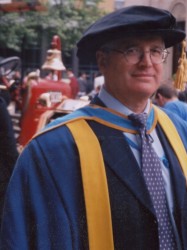BibTex format
@article{Bresme:2022:10.1038/s41563-022-01273-7,
author = {Bresme, F and Kornyshev, AA and Perkin, S and Urbakh, M},
doi = {10.1038/s41563-022-01273-7},
journal = {Nature Materials},
pages = {848--858},
title = {Electrotunable friction with ionic liquid lubricants},
url = {http://dx.doi.org/10.1038/s41563-022-01273-7},
volume = {21},
year = {2022}
}

